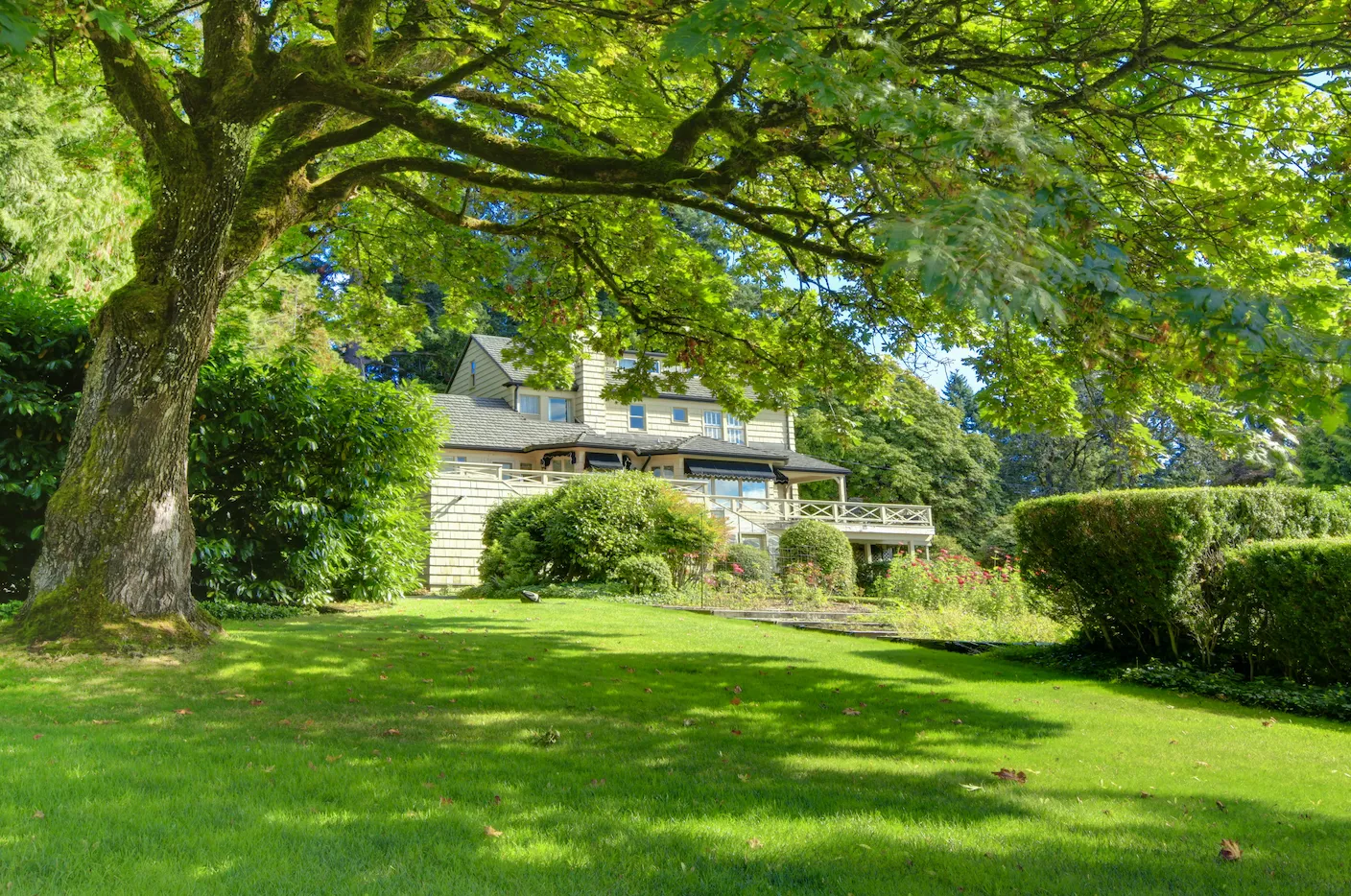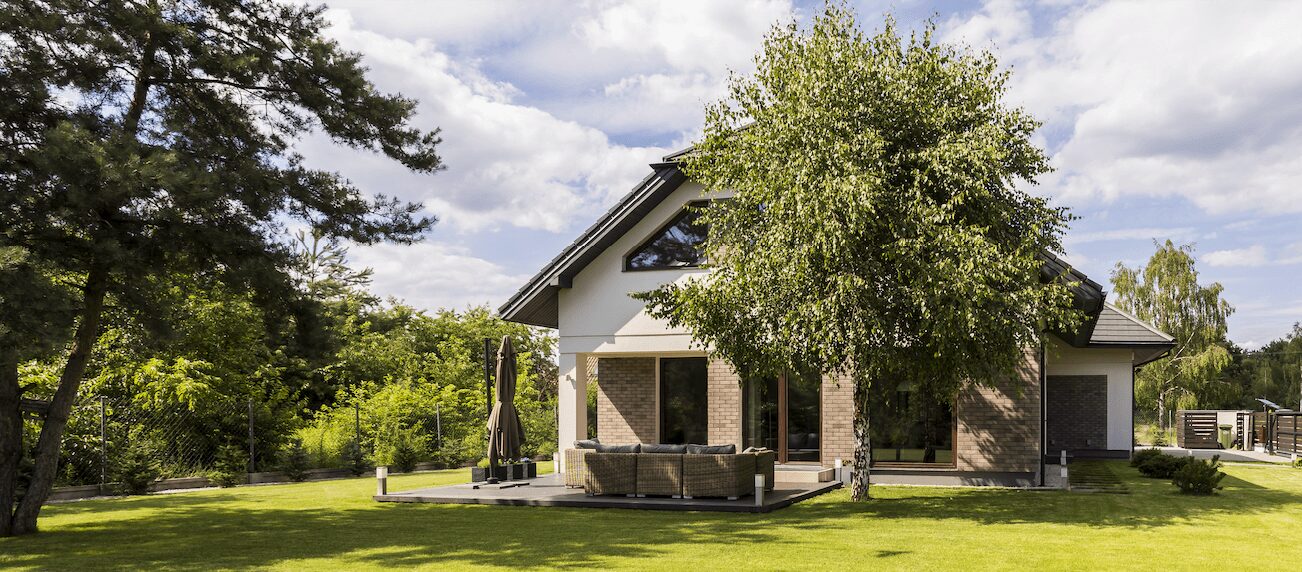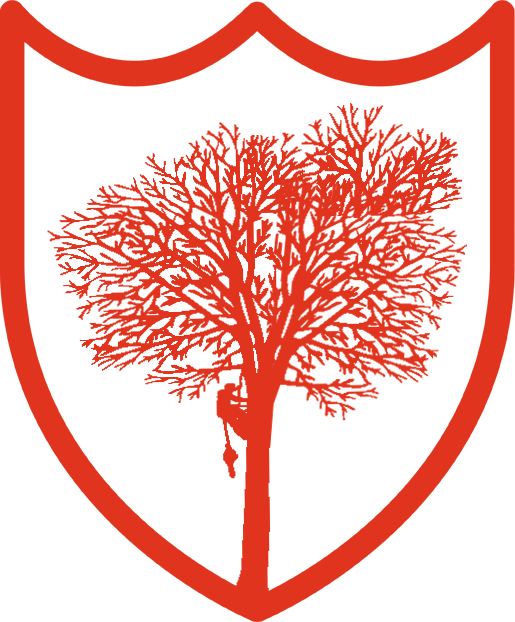After a wet, warm winter your oak trees could be in danger. We’re being called out to cut down a lot of very old trees that were perfectly healthy at this time last year. When the winter is warm and wet diseases manifest in your trees. This is something that can be treated but you need to jump on it early. If you suspect that you might have a tree with an issue give us a call or contact us here and we’ll come diagnose the problem. We also have access to chemical treatments that aren’t available at the local hardware store.
The treatment for a diseased oak tree depends on the type of disease it is suffering from. Some diseases can be treated effectively with proper care and management, while others may require more aggressive treatments. Here are some general steps you can take to treat a diseased oak tree:
- Identify the disease: The first step in treating a diseased oak tree is to identify the type of disease it is suffering from. Some common diseases that affect oak trees include oak wilt, anthracnose, and powdery mildew. Each disease requires a different treatment approach, so it’s important to correctly identify the disease before starting treatment.
- Improve soil quality: Oak trees require well-draining soil with plenty of nutrients to grow strong and healthy. If the soil is too compacted or lacks essential nutrients, the tree may become stressed and more susceptible to disease. Adding compost, organic matter, and other soil amendments can help to improve soil quality and promote healthy tree growth.
- Prune infected branches: Pruning infected branches can help to remove diseased tissue and prevent the disease from spreading further. It’s important to use clean pruning tools to avoid spreading the disease to other parts of the tree. In some cases, it may be necessary to remove the entire tree if the disease has advanced too far.
- Apply fungicides: In some cases, fungicides can be applied to treat fungal diseases like oak wilt or anthracnose. Fungicides work by inhibiting the growth of the fungus and preventing it from spreading further. It’s important to follow the instructions on the label carefully when applying fungicides and to wear protective clothing and equipment.
- Provide adequate water and nutrients: Providing the tree with adequate water and nutrients can help to reduce stress and promote healthy growth. This can include watering the tree deeply once a week during dry periods, and applying fertilizer or other soil amendments as needed.
It’s important to note that treating a diseased oak tree can be a complex and time-consuming process. It’s best to consult with a certified arborist or tree care professional who has experience in diagnosing and treating oak tree diseases. They can provide guidance on the best treatment options for your specific situation and help you to develop a long-term plan for keeping your oak tree healthy and disease-free.
If you have questions about a diseased tree on your property give us a call or request a visit online.







